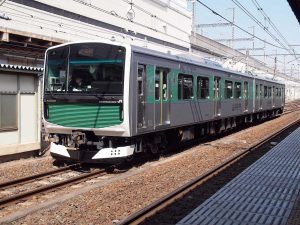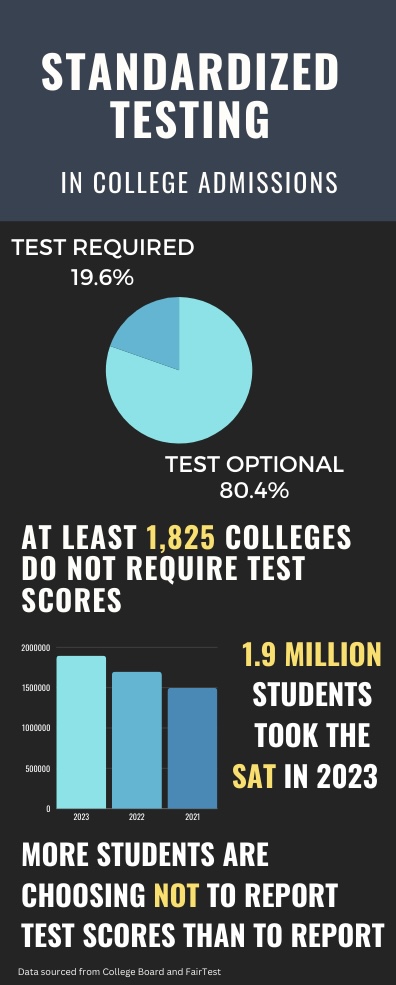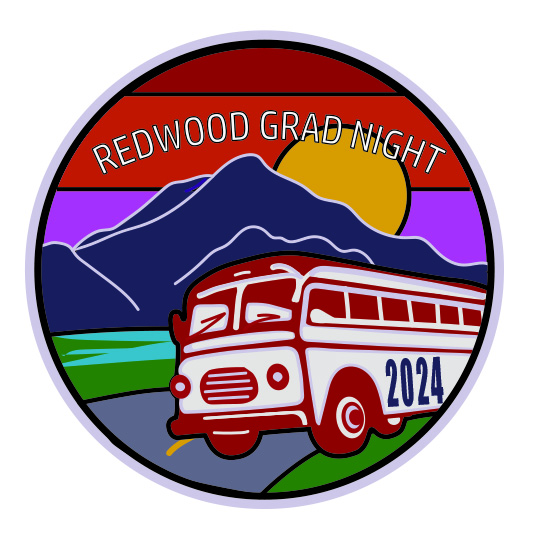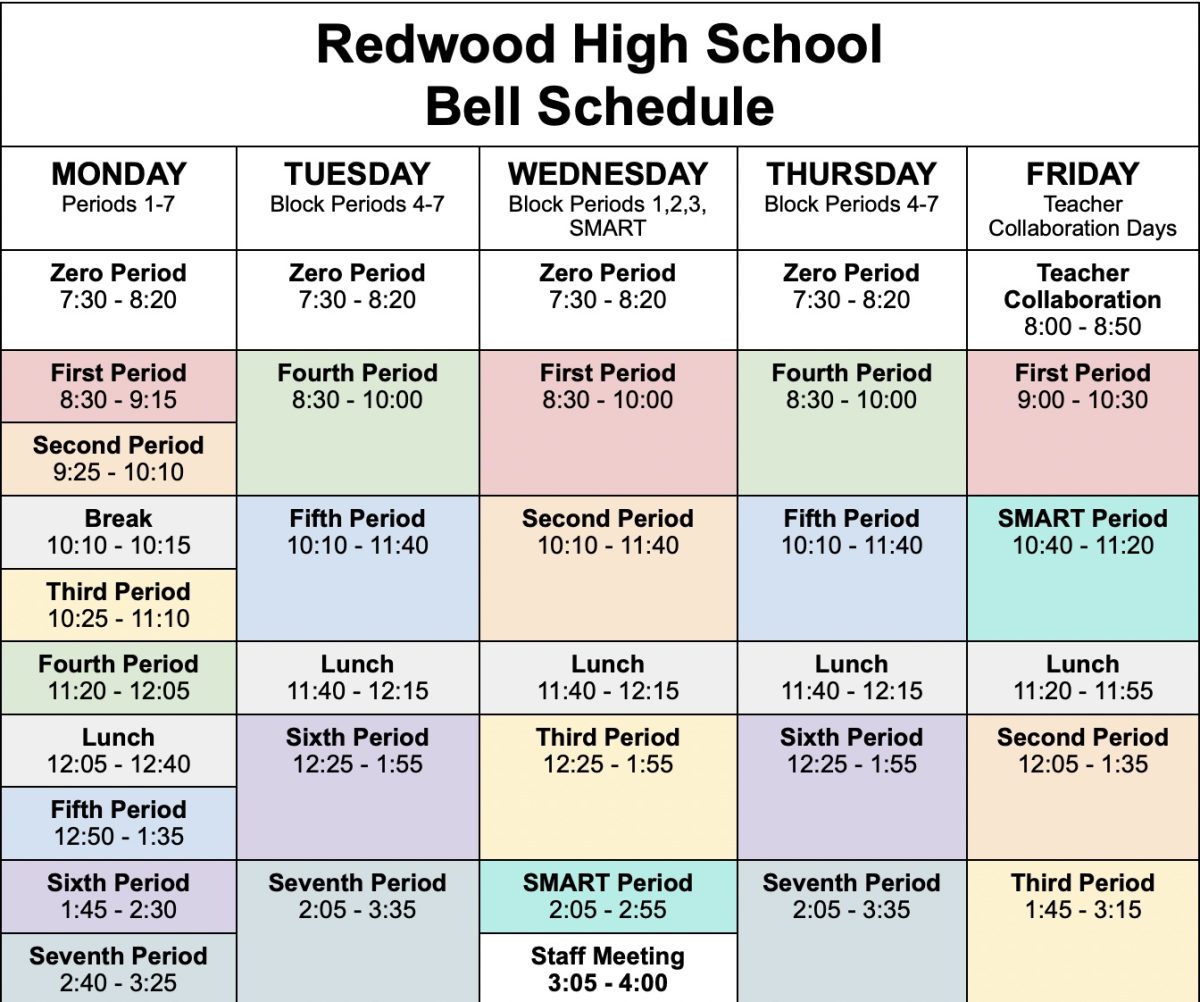Three weeks ago, SMART’s first two-car train arrived and went under static testing, a form of software testing in which the program’s code and associated documentation is being examinated.

Sonoma-Marin Area Rail Transit (SMART) is a voter-approved, 70-mile train from Larkspur to Cloverdale, a city in Sonoma.
Each train set has capacity for up to 158 seated passengers, 160 standing passengers, and 24 bicycles.
By May 1, SMART are planning to put the train cars on the tracks and test it for the next two months. After that, there will be two new cars every four or five weeks that will be tested for about two months at a time.
SMART expects passenger service to start by the end of 2016.
Over 65 percent of the people in Marin voted for SMART in 2008.
According to the SMART website, “more than 75 percent of commuters in the North Bay travel either within or between the two counties to get to work.”
“[The SMART train] will provide a fast and reliable trip for people who are commuting to their job,” Matt Stevens, Community Relations Manager at SMART, said. “With a top speed of 79 miles per hour, and because tracks are not subjected to the same congestion as a highway, people will get to their job more efficiently.”
One of the main reasons that some people are opposed to the SMART train is that there may be a lot of noise.
“It’s very loud and disruptive,” senior Julia Hestenes said. “My house is 100 feet away from it, which is really close for a train, so imagine a train running by every 30 minutes or every hour.”
According to Hestenes, many of her neighbors are against the development of the SMART train as well and have shown their distaste for it with flyers.
According to Stevens, train tracks go through existing neighborhoods.
“I’m sure it’ll disturb many other neighborhoods and lower property values,” Hestenes said.
Research conducted by the Bay Area Council Economic Institute in June 2012 showed that typically property value near train stations increases.
According to Stevens, there are also many environmental benefits to the SMART train.
60 percent of greenhouse gas emissions come out of tailpipes of vehicles such as cars and trains.
“SMART will reduce greenhouse gas emissions by 31 million pounds per year, basically by getting people out of their cars,” Stevens said. “SMART train… promotes walking and cycling. It’ll actually increase the public health.”
The SMART train’s engine, the Tier 4 Engine, will release about half as much carbon dioxide as the most current train engine, the Tier 3 Engine, according to Stevens.
There will be a path for activities such as walking, biking, and running next to the tracks.
SMART has also employed many local people. “Almost 50 percent of our subcontractors are local,” Stevens said. “We’ve given $24 million back to the local economy.”


















